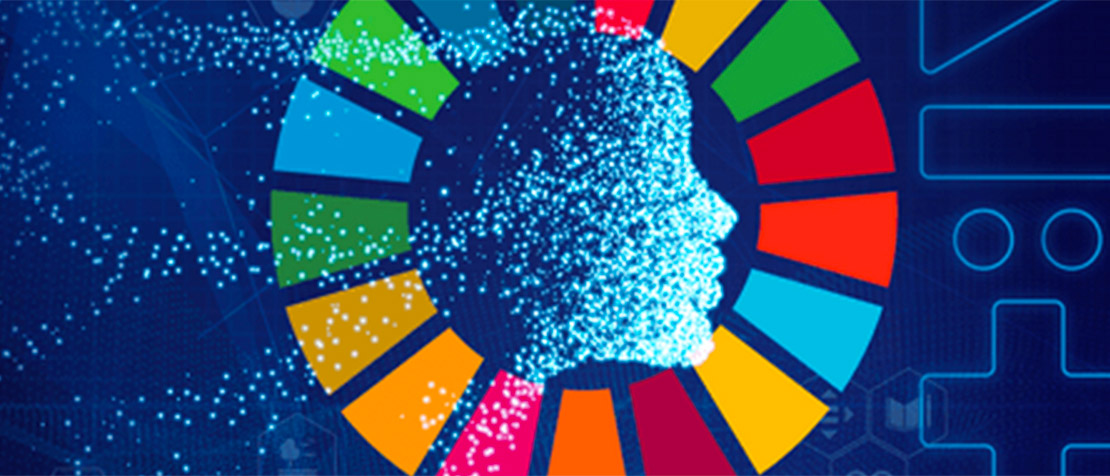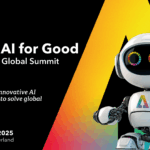ITU News asked Chaesub Lee, Director of ITU’s Telecommunication Standardization Bureau about the top use cases of AI now — and in the coming years.
In mid 2019, where do you think we are in AI’s journey, and how much greater is the general sense of understanding amongst leaders than it was at this time last year?
Given AI’s enormous potential, the community supporting the AI for Good Global Summit believes that it is important to demystify what AI is all about. We are at a critical point in our efforts to understand the role that AI could play in society and how we approach these efforts is certain to affect how AI-based applications will impact our lives moving forward.
A range of technical foundations first had to be established for AI to become viable. From an operational standpoint, it required the emergence of big data, broadband and the information economy to derive analytics. It also needed the raw computational power able to process data at scale. Advances in information and communication technology (ICT) gave rise to AI applications able to generate results with the speed necessary to communicate such results to end-users almost instantly, making applications such as image recognition and virtual smart assistants easily available to almost anyone with a mobile phone.
But advances in AI have also led to challenges.
Many of these challenges are not inherent to AI but rather a consequence of our rapid adoption of the technology. Concerns around data ownership and privacy, cybersecurity, software control and algorithmic bias are not new — the Internet has long suffered these challenges as a result of its nature as an information and communication platform. AI’s capacity for operations at scale has the potential to enflame challenges such as systemic bias in image recognition software or misrepresentative data sets, for example.
“The capabilities underlying these solutions are scalable — they can benefit almost everyone.”
Businesses and other AI stakeholders understand these challenges more clearly this year. We are in the early stages of developing better processes to ensure that emerging AI applications fulfill their potential, and much remains to be done to mitigate the risks introduced by AI and its associated technologies.
What, in your experience, are the best/most successful examples of AI applications?
AI can support smarter business and policy decisions. For example, deep learning has been used to predict the amount of energy to be generated by wind turbines, with better predictions leading to better business decisions when it comes to scheduling the delivery of energy to the grid. AI is also assisting us in mapping ocean wealth, including marine biodiversity, carbon storage and the effects of fishing activity, information of clear value to industry, academia and government. And making an example of a seemingly basic AI application, a chatbot can communicate personalized recommendations and reminders about medication dosage and health checkups.
We make examples of these solutions because the workflow to develop them can be applied to different problems. The capabilities underlying these solutions are scalable — they can benefit almost everyone.
One of the potentially most groundbreaking domains for the application AI is in health. The vast majority of economies today are dealing with very rapid increases in the cost of health care. At the same time, the promise of Universal Health Coverage has not yet been achieved.
AI-based solutions can help provide early stage diagnosis of medical conditions, which is often associated with significantly lower costs of treatment, as well as improved treatment outcomes.
Additionally, having diagnostics with a margin cost that is in orders of magnitude lower than today, can help bring diagnostics to people that cannot reach this, either physically or financially.
“Every government, every company, every academic institution, every civil society organization and every one of us should consider how AI will affect our future.”
To this end, at last year’s AI for Good Global Summit, the World Health Organization and ITU partnered to create the Focus Group on AI for Health. This group is creating benchmarking systems, which can score the accuracy of AI-based health diagnostic solutions and has 14 collected use cases so far.
One use case is on Tumor Infiltrating Lymphocytes (TIL). In this case, an AI model, can label each tumor cell, and each TIL in a tissue sample. This is something that traditionally is only eyeballed, but is highly important in treatment decisions.
Another use case is on dermatology. Skin cancer, including melanoma can progress very rapidly. Having a quick, non-invasive method of analysis can dramatically improve the amount of cases that are caught in time.
Finally, there is a use case on radiotherapy. Traditionally, medical doctors look at slice after slice of imagery, and try to form a holistic image. A computer can analyse this 3D representation directly. Furthermore, this use case uses reinforcement learning in order to decrease the dependency on (privacy sensitive) data.
Can AI ever be the ’silver bullet’?
AI and its associated technologies will help us to do our work more efficiently and effectively through data-driven, automated semantic decision-making. We would argue that the success of AI will depend to a large extent on how it is applied.
What AI developments are on the near horizon for the information and communication technology sector? What can we expect in, say, five years?
AI is impacting ITU’s technical work in fields such as security, coding algorithms, data processing and management, and network management and orchestration. We expect that this trend will continue.
AI is also increasing the efficiency of other technologies. Networking technologies form a prime example.
Machine learning is supporting the increasing automation of network management and orchestration, ultimately enabling ICT networks to deliver higher quality services. This concept of network “self-optimization” is very much part of the discussion when it comes to emerging 5G and the Internet of Things (IoT) networks.
That’s why ITU started a “Focus Group on Machine Learning for Future Networks, including 5G” that drafts technical reports and specifications for machine learning for future networks, including interfaces, network architectures, protocols, algorithms and data formats.
Additionally, telecommunications operators have arguably some of the most valuable data in the world. They are also one of the most trusted and regulated custodians of data when it comes to using and sharing customer data. In fact, some operators won’t even share customer data internally between the business units and the R&D departments.
AI-powered analytics of operator data in combination with health, weather and social media data can be effective in helping to predict the outbreak of epidemics before they happen, or predict the spread of a disease. We have recently seen a willingness from some operators to make sanitized, anonymized operator-hosted datasets available to 3rd-party models under a data-sharing framework developed by ITU.
What advice would you give to leaders looking to use AI as part of their strategy?
Expanding our knowledge of the field is one of the key aims of the AI for Good Global Summit. The summit is helping decision-makers in the public and private sector to improve their understanding of AI’s relevance to their work and how they could apply AI to their benefit.
The implementation of AI into strategy and applications requires a human-centered design approach based on quantifiable needs and metrics. This is important in developing applications that are practical and meaningful to the intended user of an AI-based application.
It is also critical to be pragmatic about the limitations of the model and dataset being used. Monitoring the data is important in protecting against incomplete semantics such as incorrect labels/values, non-inclusive sampling for data, and data bias.
Finally, AI experts stress that discussions around AI’s implications for society should not be confined to specialists. Every government, every company, every academic institution, every civil society organization and every one of us should consider how AI will affect our future. As such, it is critical to develop strong multi-stakeholder partnerships and projects to examine AI’s contribution to society.













